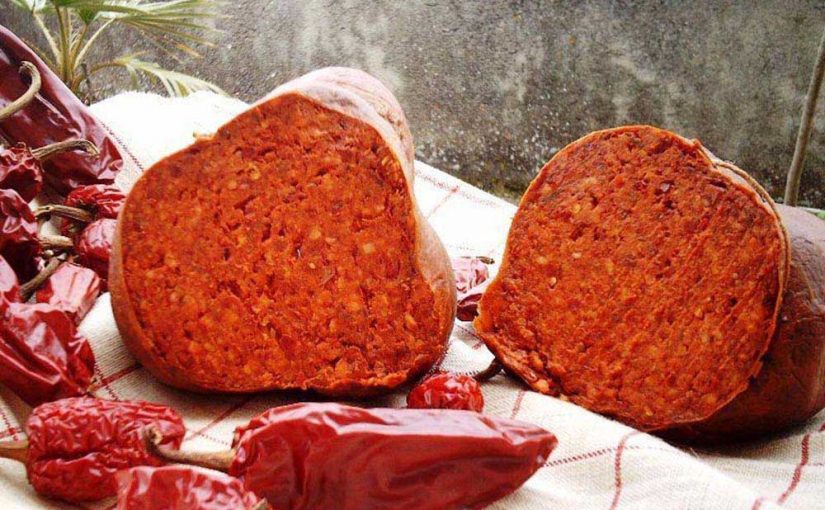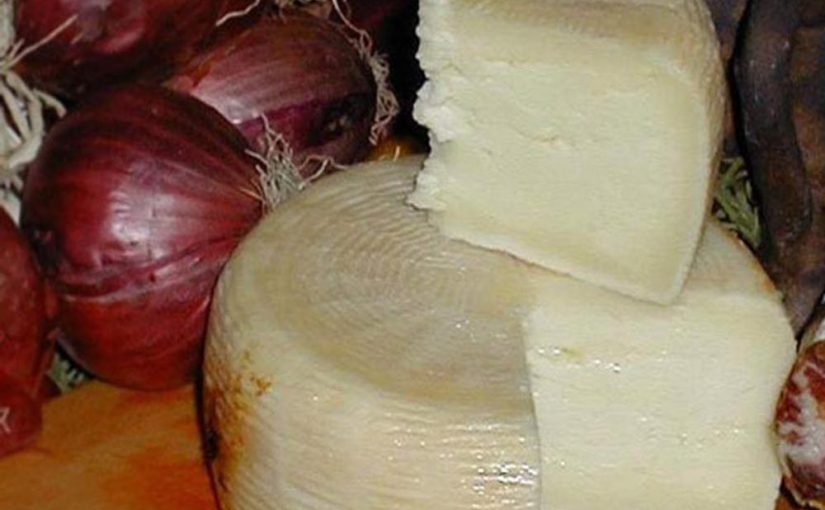3.12.2024
PECORINO OF MOUNT PORO: tradition and protection
This kind of special Pecorino is one of the most traditional cheeses in Calabria, that takes its name from Mount Poro, a plateau located in central Calabria on the Tyrrhenian seaside between Angitola, Mesima and Serra (province of Vibo Valentia).
This plateau is an ideal place for grazing and pepper cultivation, thanks to its special microclimate and incredible nighttime humidity, which favors the presence of a wide range of spontaneous herbs.
“Monte Poro’s pecorino” is a typical, well-known product that has a long history, over the centuries. Already in 1500 was quoted by the priest Gabriele Barrio, of the order of the Franciscans, in the treaty “De Antichitate et situ Calabria”.
Nowadays, this cheese is an excellence and a DOP (protected name, according to Italian law), due to characteristics of milk, to the pastures of this territory, and to the particular composition of the soil.
DOP mark, indeed, protects the nutritional characteristics of this pecorino and the quality due to the handicraft transformation of milk, along with the diffusion and knowledge of the product.
ORIGINS INTO A WONDERFUL COUNTRYSIDE
The Mount Poro cheese pie fills the shelves of all regional supermarkets, but few artisans produce it in a traditional manner: a handful of small and almost always family-run businesses. And all are located into a wonderful countryside: the Mount Poro’s plateau.
The area of Mount Poro offers abundant pastures rich in aromatic herbs. Here, sheep breeding is always practiced in the wild and the excellent sheep cheese is here produced, especially in the municipalities of Ricadi, Spilinga, Drapia, Zaccanopoli, Rombiolo and Limbadi (province of Vibo Valentia).
PROCESS OF PRODUCTION
The technique is common to all Calabrian “pecorino”: sheep milk (with any goat’s additions) coagulates and put in the stamps without cooking, pressing the shapes energetically with hands.
Salting is always handmade: the two sides of cheese are rubbed with sea salt. Then, before laying the cheese in seasoning, its crust is enriched of olive oil and chili pepper, which give the surface a characteristic rose coloring.
The height of the shape is about 12 centimeters and the diameter of the faces is around 18 centimeters. The weight of the shapes ranges from 1.2 to 2.5 kilograms. It is preferably consumed by medium seasoning – five or six months – as table cheese, and at that time can be appreciated in all its aromatic intensity and taste fragrance.
At the cut, this cheese is slightly gleamed, granular and of a color ranging from white milk to niveous white. The internal part, – very greasy, thanks to the treatment that the pecorino undergoes in crust, – has particular aromatic characteristics: in some cases you feel the mint and wild flowers scent.
This cheese, -combined with a little-known Calabrian wine, the White or Rosé Scavigna, from the homonymous native grape, – is perfect.


